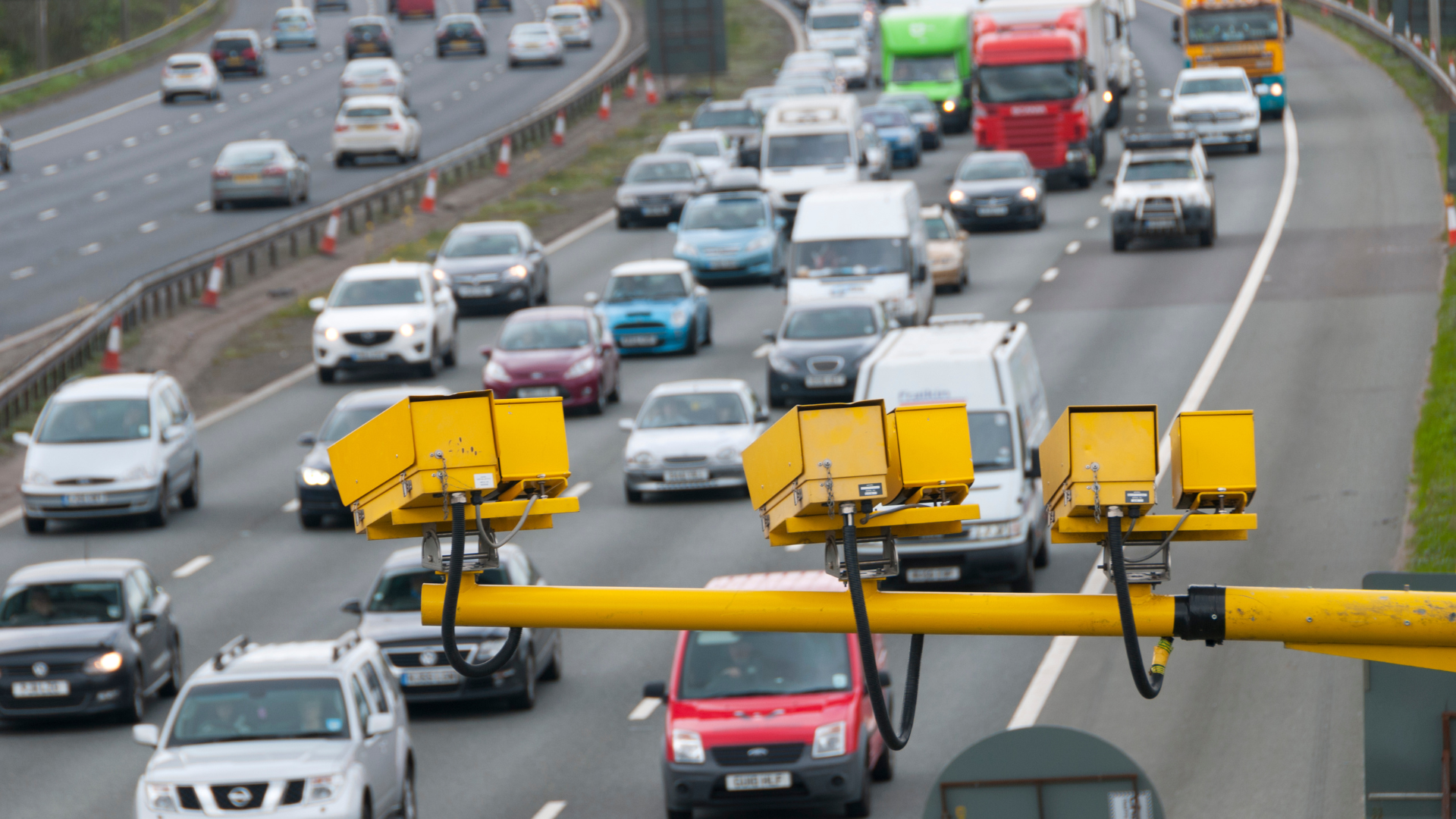This week, a new stretch of smart motorway opened on the M4, running 15 miles from Junction 8/9 at Maidenhead to Junction 3 at Hayes, West London. National Highways said that the cones and barriers in place during the works that started in 2018 would be lifted by early morning on the 16th July. This is the final part of an £848 million upgrade to turn this busy stretch of the M4 into a smart motorway.
In an earlier article about smart motorways, we detailed initial concerns about possible preventable accidents that had led to a pause in the rollout whilst evidence was gathered to see if they are safe or not for drivers.

Stopped Vehicle Detection (SVD) Camera Failures
In the meantime, an internal report obtained via freedom of information has found that technology on smart motorways is failing to detect nearly four in ten broken-down vehicles within a time limit considered safe by senior transport managers.
The technology in question is Stopped Vehicle Detection (SVD). The report stated that SVD is flagging only 62 per cent of those stranded in live traffic within 20 seconds. According to the unpublished 2019 report obtained by the Daily Mail under the Freedom of Information Act, this is the time frame deemed acceptable by the roads agency National Highways. This is particularly concerning when vehicles break down on all-lane running (ALR) smart motorways with no hard shoulders, and stranded vehicles and their passengers risk being hit by other vehicles.
The study also found that a fifth of SVD alerts are wrong even though the target is that they are incorrect in no more than 15 per cent of cases. The errors highlighted included flagging breakdowns on the opposite carriageway to where they happened.
The Daily Mail reported Jack Cousens of the AA saying, “ …smart motorways were sold to the public by National Highways on the basis that if the worst happens, we will find you and keep you safe. Shockingly, drivers are sitting ducks for longer than they should be. These figures show the system is woefully inadequate.”
In its 2022 stocktake report the Highways Agency stated, “It should be noted that the impact of the measures we have delivered as part of the 2020 Action Plan, such as introducing more SVD and enabling increased enforcement of Red X signals, is not reflected in the latest safety data. It will not be possible to assess the impact of these measures until at least late 2023 when some of this data will start to be available.”
So we can’t say how safe the roads are until late 2023…
Not much good news for the families of people that will be killed on these unsafe roads between July 2022 and late 2023…
Can the idiot who thought of the idea be done for man slaughter??
The article says £848 million upgrade to a smart motorway. This is incorrect. The money was spent to downgrade to a Dim motorway. We know they are not safe but they still build them. Would they do the same with medicines, buildings, cars. Oh yes, we do that as well under the phrase, ‘there is no evidence to prove yet.
Exactly! The Government should be done for manslsughter
All this tosh presumes that the ALL motorists understand and obey the Red Stop signs over the relevant lane and the warning arrows to move lanes in advance.
In my view, those that contravene should be given a ticket and points, after all there are cameras that could automatically record such offences.
Please in future refer to motorways with no hard shoulders, only as ‘Unsmart Motorways’.
No waste-of-time-and-money surveys are required by people with common sense to know there is an inherent danger to life with any such motorway.
I don’t drive on the smart Motorway lane out of respect to all those who’s life’s have been lost we should all do the same then we can reclaim it back for all drivers safety of the future
20 seconds or 2 seconds, neither is safe on these m’ways. And what if a broken down vehicle is spotted in the allotted time, the only immediate action National Highways can take is illuminate a sign telling drivers of the obstruction and notifying a Traffic Officer or the Police and if a less observant driver fails to see or heed the sign……….?
I have started to aviod motorways as don’t feel safe anymore, and returned to A roads.
Absolutely agree. And the same goes for the idiots that believe that although there’s a halt on new smart schemes it’s safe to contionue to use existing ones, with the appalling statistics that exist up to now. Who, in their wildest dreams could believe that they are safe?
What I understand from this is that there could be a scenario where a vehicle breaks down and stops; SVD doesn’t pick up said vehicle and turn on red X sign; large truck hits stopped vehicle (or swerves to avoid it) causing pile up; this causes traffic queues in ALL lanes.
Question: How do the emergency vehicles get to the crash site?
Looks like only course of action motorist can take in mean-time to keep safe is to avoid using these roads, thus increasing air pollution elsewhere, if they have the time to spare. Thank goodness I’m unlikely to have to use M4 anyway.
Will there notvsafe if they cannot detect amd close the lanes . How many people will die if they carry on
Things will get worse when we are all electric and those vehicles will break down with a sudden stop and have no way to coast to the “safe” lane.
I can’t understand how the Highways Dept have got away with this whole project so far … and they are still building more of these potential deathtraps – keep off motorways is the only answer – what a waste of lives and money.